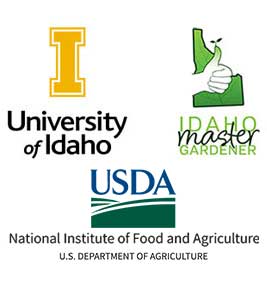Current Alerts
Swipe Left or Right to navigate Alerts
2024 Idaho Association of Plant Protection Annual Meeting
All Crops All Locations
Posted on: October 11, 2024 by Jeff Miller
All are invited to the 2024 annual meeting of the Idaho Association of Plant Protection November 6-7 at the Herrett Center in Twin Falls! The cost to attend is $30 ($20 for students). Wed. credits = 2 ISDA, 4 CCA IPM. Thurs. credits = 2 ISDA, 3.5 CCA IPM. The agenda is attached and more information can be found at: https://millerresearch.com/event/2024-idaho-association-of-plant-protection/
» https://millerresearch.com/event/2024-idaho-association-of-plant-protection/
»
IAPP_2024_Program_Final.pdf
2024 Idaho Association of Plant Protection Annual Meeting
All Crops All Locations
Posted on: October 11, 2024 by Jeff Miller
All are invited to the 2024 annual meeting of the Idaho Association of Plant Protection November 6-7 at the Herrett Center in Twin Falls! The cost to attend is $30 ($20 for students). Wed. credits = 2 ISDA, 4 CCA IPM. Thurs. credits = 2 ISDA, 3.5 CCA IPM. The agenda is attached and more information can be found at: https://millerresearch.com/event/2024-idaho-association-of-plant-protection/
» https://millerresearch.com/event/2024-idaho-association-of-plant-protection/
»
IAPP_2024_Program_Final.pdf



